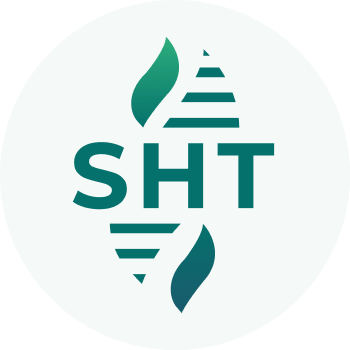It seems we can’t find what you’re looking for. Perhaps searching can help.
Nothing Found



Siam Herbal Tech
288/8 Moo 4, Bang Ya Phraek,
Muang-Samutsakorn, Samutsakorn
74000



Siam Herbal Tech
288/8 Moo 4, Bang Ya Phraek,
Muang-Samutsakorn, Samutsakorn
74000
© 2021 SIAM HERBAL TECH CO. LTD. ALL RIGHTS RESERVED. | Sitemap

